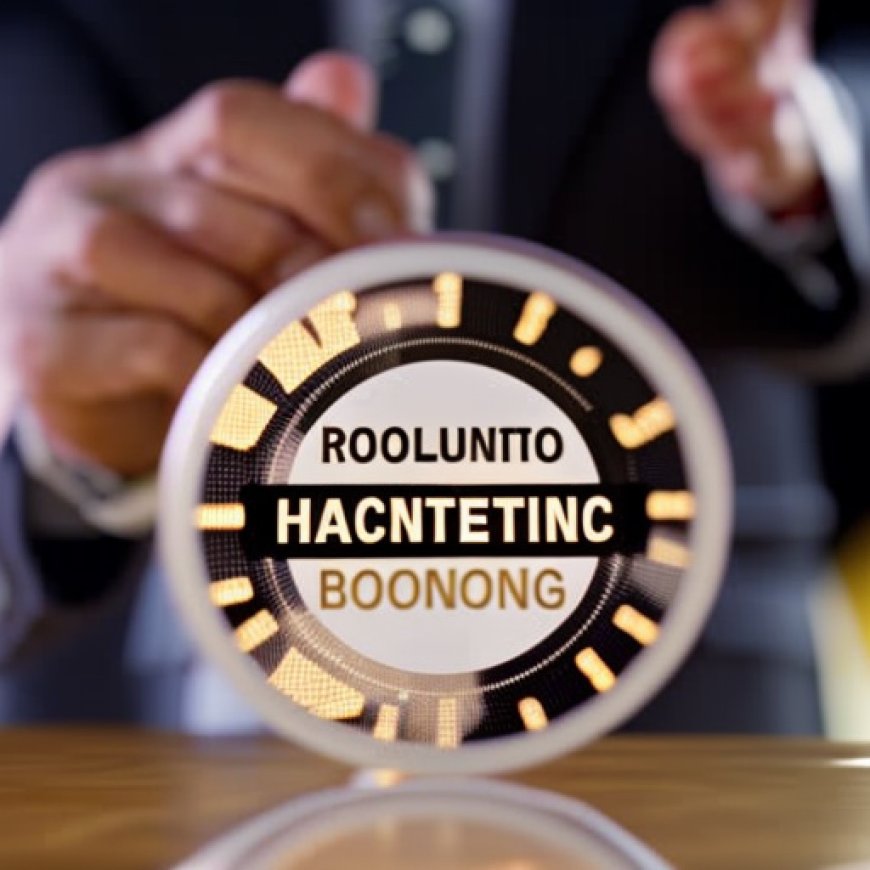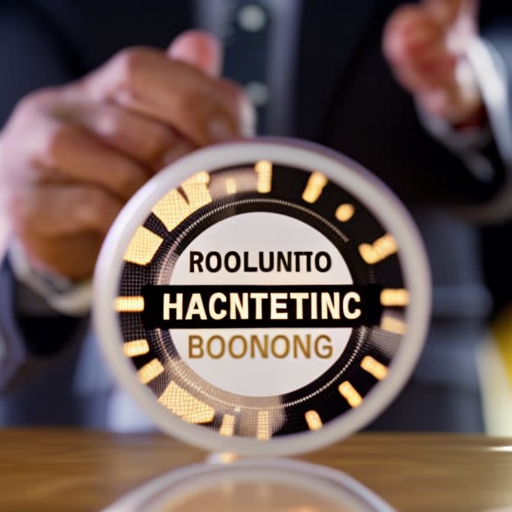Report identifies financial barriers for circular economy businesses
Report identifies financial barriers for circular economy businesses Circular Online


New Green Alliance Report: How the Treasury Can Mainstream Circular Business
Introduction
A new report titled “How the Treasury can mainstream circular business” by Green Alliance has identified barriers to circular economy development and provides three priority recommendations for further support from the Treasury.
Research Methodology
The report includes interviews with ten circular businesses to understand their business cases, the barriers they face in adopting circular practices, and the incentives required for others to adapt their models.
Policy Recommendations
- Fix aspects of the tax system that disadvantage circular practices.
- Improve the Treasury’s understanding of tax impacts to create better policies that align with environmental goals.
- Provide financial assistance through a dedicated fund to support circular businesses facing high upfront costs, as well as businesses creating circular logistics and reverse supply chains.
Tax System Changes
The report suggests that the Treasury should “level the playing field” between circular and linear business models by changing the tax system. It highlights the need to charge zero VAT on spare parts and labor, as well as zero-rating refurbishing buildings to be equivalent to new build properties. The report also recommends making tax relief schemes more accessible to leasing businesses.
Evidence Gathering
Green Alliance criticizes the government for not gathering evidence on how tax measures impact behavior, emphasizing the importance of data-driven decision-making.
Barriers and Challenges
The report acknowledges that while small businesses are adopting circular approaches, larger existing businesses have room to incorporate more circular practices. However, both circular businesses and those looking to transition from a linear model face “embedded behaviors” and “structural challenges” that can be addressed by government intervention.
Conclusion
The report highlights the need for the Treasury to support the mainstreaming of circular business models through tax system changes, financial assistance, and improved understanding of tax impacts. By addressing these barriers, the government can contribute to achieving the Sustainable Development Goals (SDGs) and promote a more sustainable and circular economy.
SDGs, Targets, and Indicators
1. Which SDGs are addressed or connected to the issues highlighted in the article?
- SDG 12: Responsible Consumption and Production
- SDG 8: Decent Work and Economic Growth
- SDG 9: Industry, Innovation, and Infrastructure
2. What specific targets under those SDGs can be identified based on the article’s content?
- Target 12.2: By 2030, achieve the sustainable management and efficient use of natural resources.
- Target 8.2: Achieve higher levels of economic productivity through diversification, technological upgrading, and innovation.
- Target 9.2: Promote inclusive and sustainable industrialization and, by 2030, significantly raise industry’s share of employment and gross domestic product.
3. Are there any indicators mentioned or implied in the article that can be used to measure progress towards the identified targets?
The article mentions several indicators that can be used to measure progress towards the identified targets:
- Tax system changes to incentivize circular practices and reduce barriers.
- Improved understanding of tax impacts to create better policies for environmental goals.
- Financial assistance through a dedicated fund to support circular businesses facing high upfront costs.
- Creation of circular logistics and reverse supply chains to support national markets.
Table: SDGs, Targets, and Indicators
| SDGs | Targets | Indicators |
|---|---|---|
| SDG 12: Responsible Consumption and Production | Target 12.2: By 2030, achieve the sustainable management and efficient use of natural resources. | – Tax system changes to incentivize circular practices and reduce barriers. – Improved understanding of tax impacts to create better policies for environmental goals. |
| SDG 8: Decent Work and Economic Growth | Target 8.2: Achieve higher levels of economic productivity through diversification, technological upgrading, and innovation. | – Financial assistance through a dedicated fund to support circular businesses facing high upfront costs. |
| SDG 9: Industry, Innovation, and Infrastructure | Target 9.2: Promote inclusive and sustainable industrialization and, by 2030, significantly raise industry’s share of employment and gross domestic product. | – Creation of circular logistics and reverse supply chains to support national markets. |
Behold! This splendid article springs forth from the wellspring of knowledge, shaped by a wondrous proprietary AI technology that delved into a vast ocean of data, illuminating the path towards the Sustainable Development Goals. Remember that all rights are reserved by SDG Investors LLC, empowering us to champion progress together.
Source: circularonline.co.uk

Join us, as fellow seekers of change, on a transformative journey at https://sdgtalks.ai/welcome, where you can become a member and actively contribute to shaping a brighter future.







